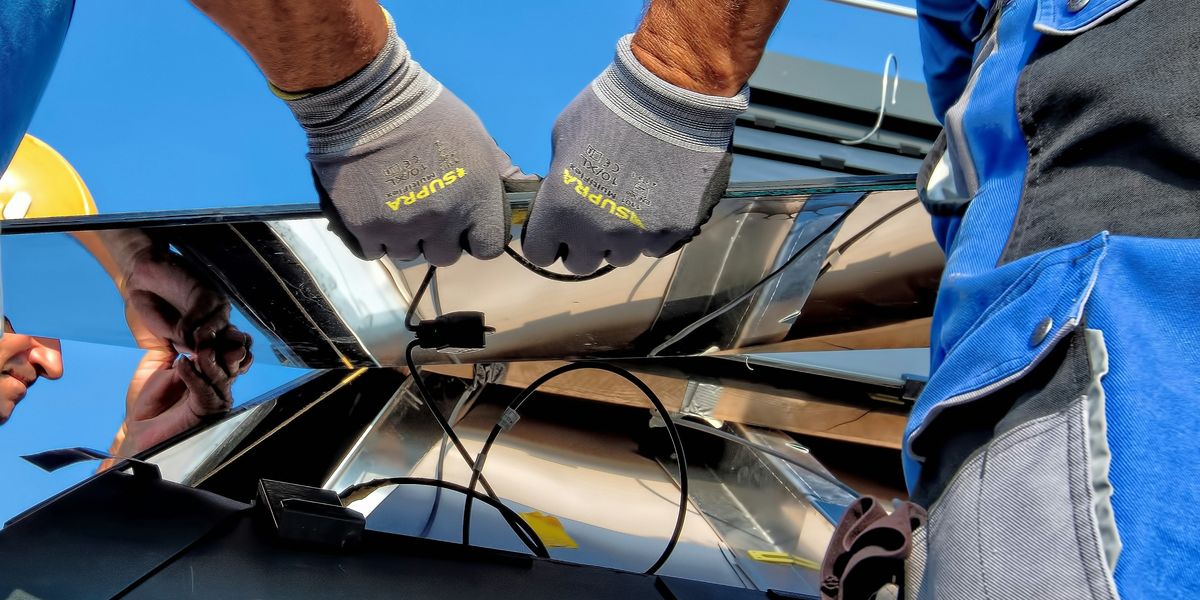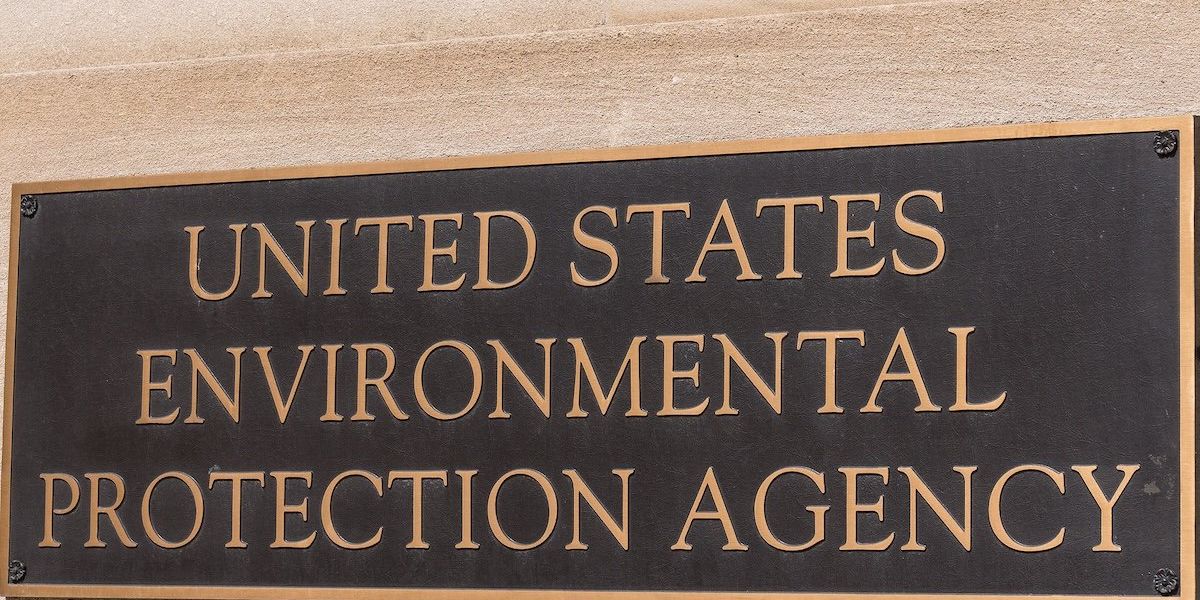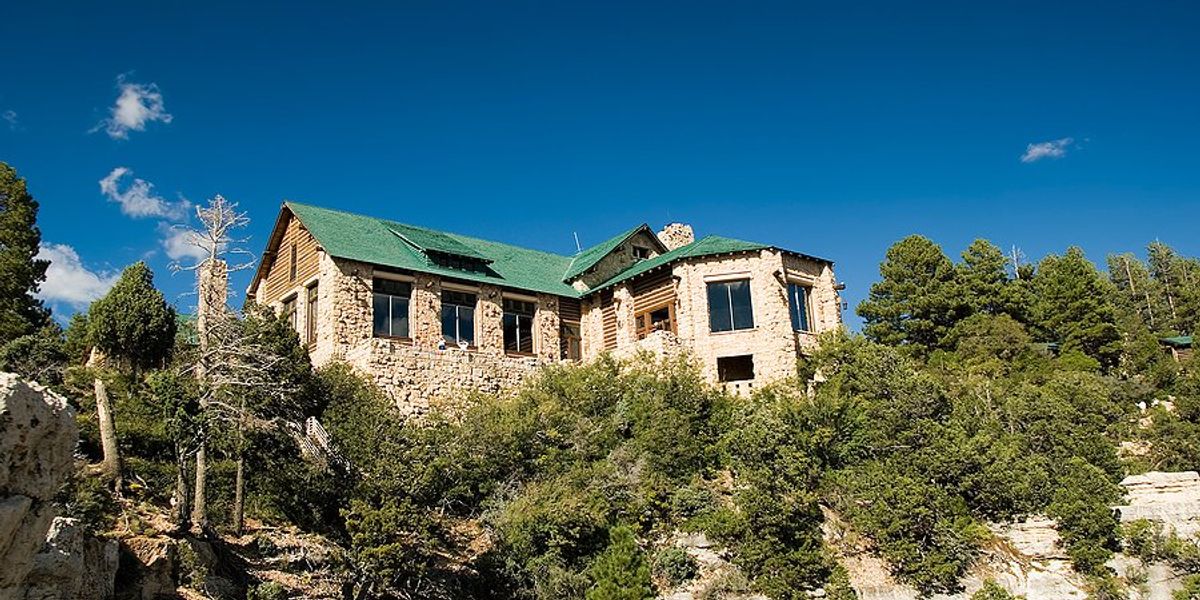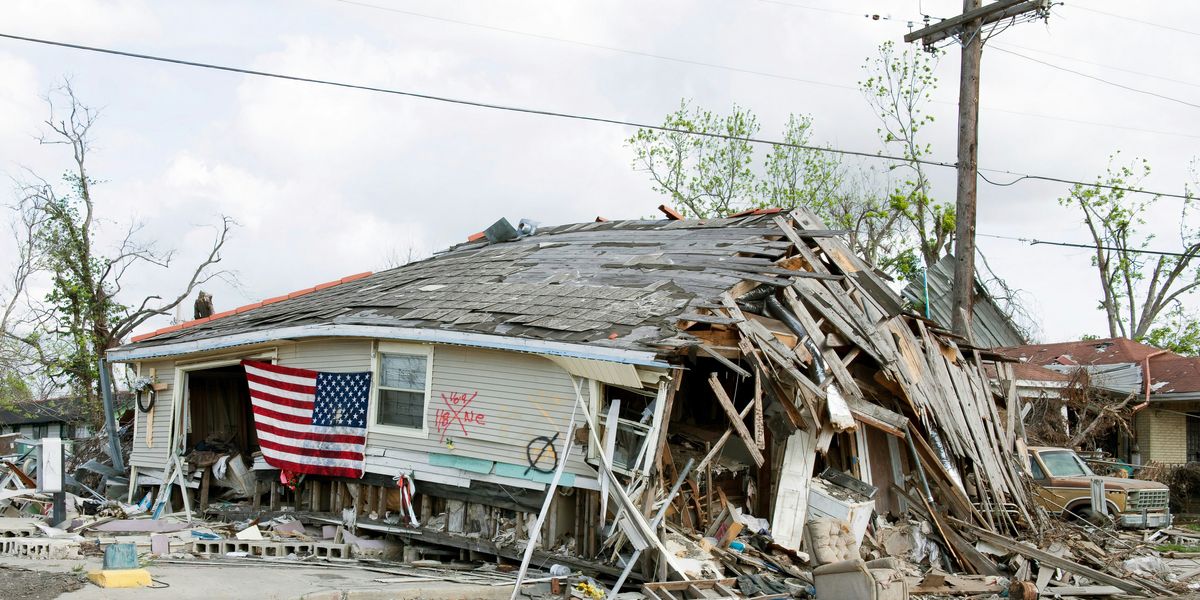green roof
Los Angeles adapts to heavy storms by becoming a 'sponge city'
A supercharged February storm brought record rainfall to Los Angeles, testing and validating new infrastructure designed to absorb water and prevent catastrophic flooding.
In short:
- Los Angeles received up to 10 inches of rain in one day, overwhelming typical city infrastructure.
- The city captured over 8 billion gallons of stormwater, thanks to retrofitting efforts aimed at making the landscape more absorbent.
- These measures help reduce flood risks and keep pollutants out of the ocean by absorbing water into the ground.
Why this matters:
As climate change intensifies storms, cities must adapt by integrating green infrastructure to manage water more effectively and mitigate flood risks.
Read more:
A ‘green’ roof adds insulation and helps manage storm water runoff
Amsterdam's 'smart' blue-green roofs reduce urban flooding
Growing plants on buildings can reduce heat and produce healthy food in African cities
Green spaces have the potential to reduce heat and, in turn, improve health, especially in vulnerable urban areas.
This campus takes “learning environment” literally
At the University of the District of Columbia, sustainable infrastructure is part of the educational experience.
How green rooftops can help cool off hot cities
Recent research suggests that green roofs — rooftops covered with greenery or other sun-reflecting materials — can reduce heat in cities.
The Netherlands-based Triodos Bank is fully circular
The Netherlands-based Triodos Bank was designed to be fully circular. Instead of being demolished, each piece of the structure will be reused somewhere else.



















